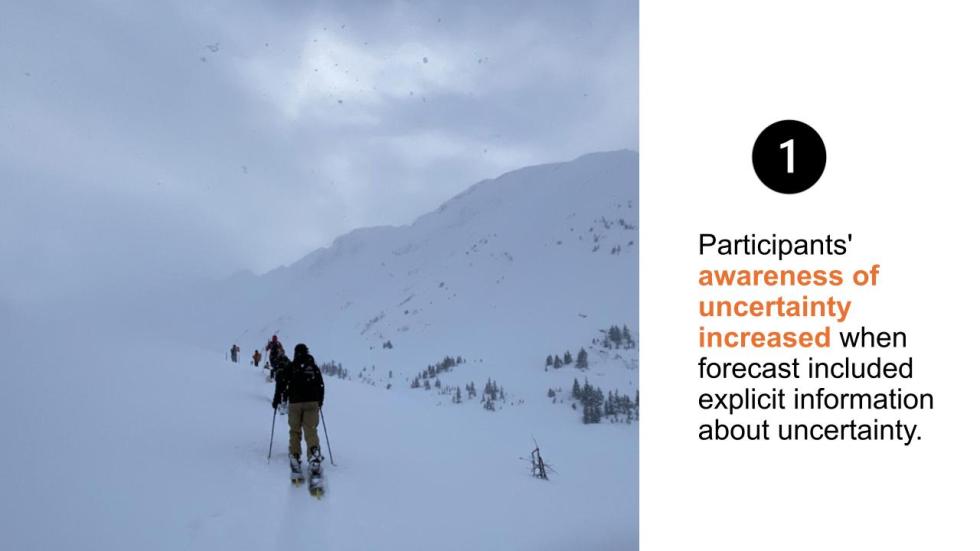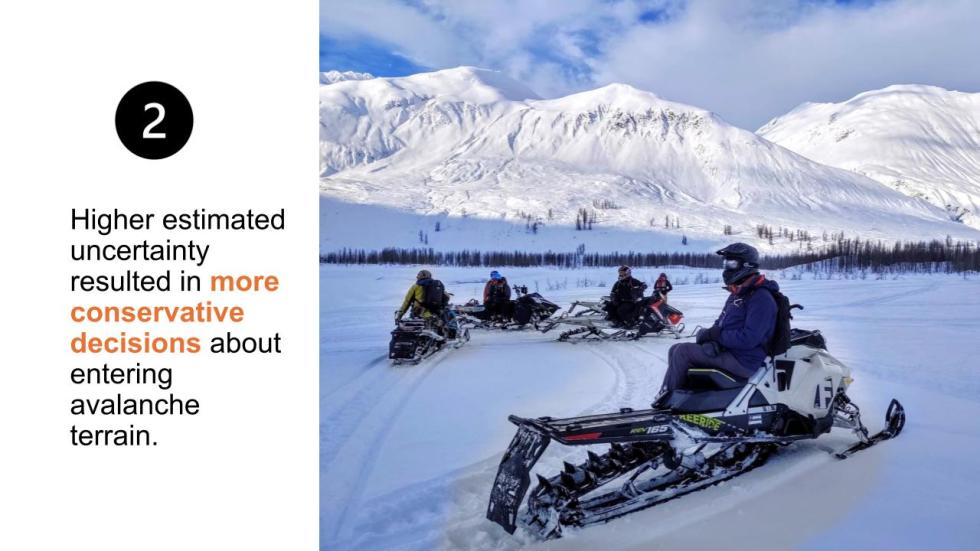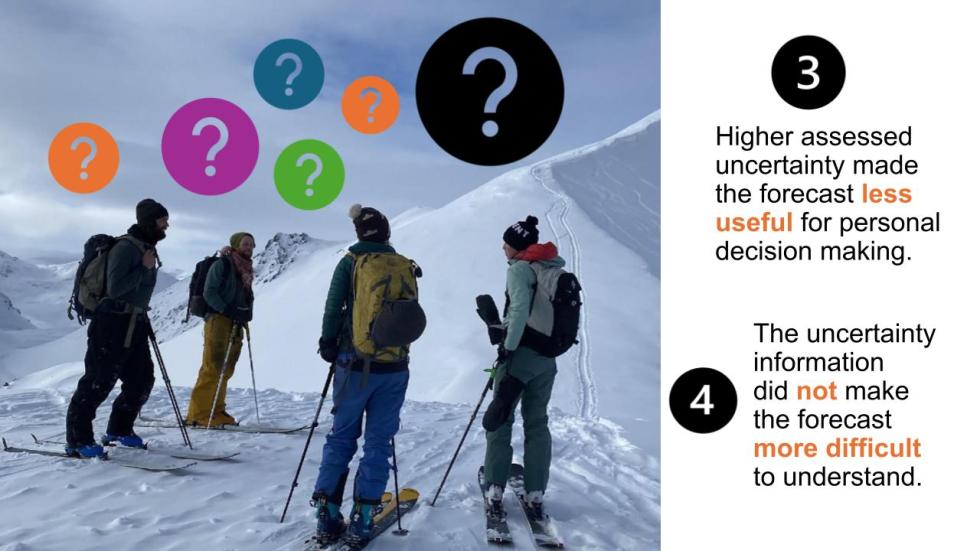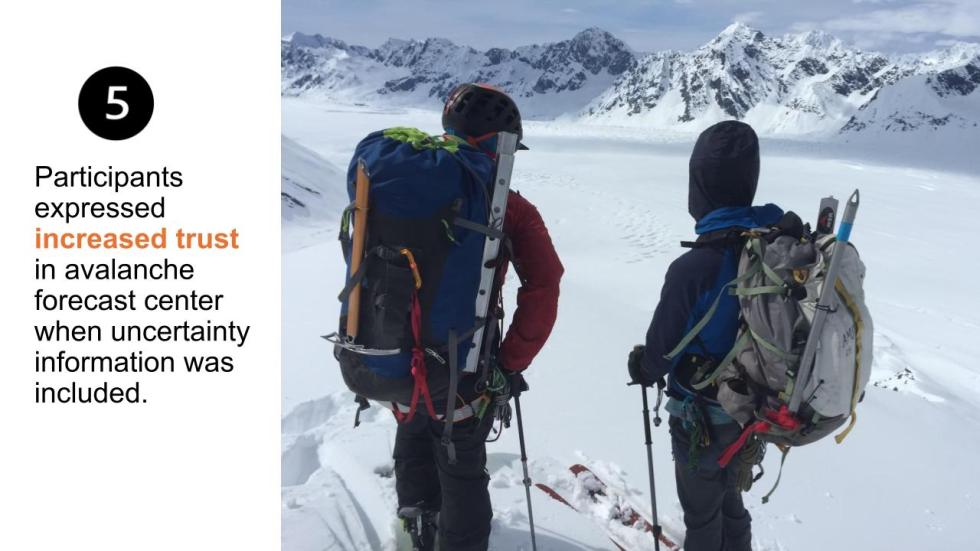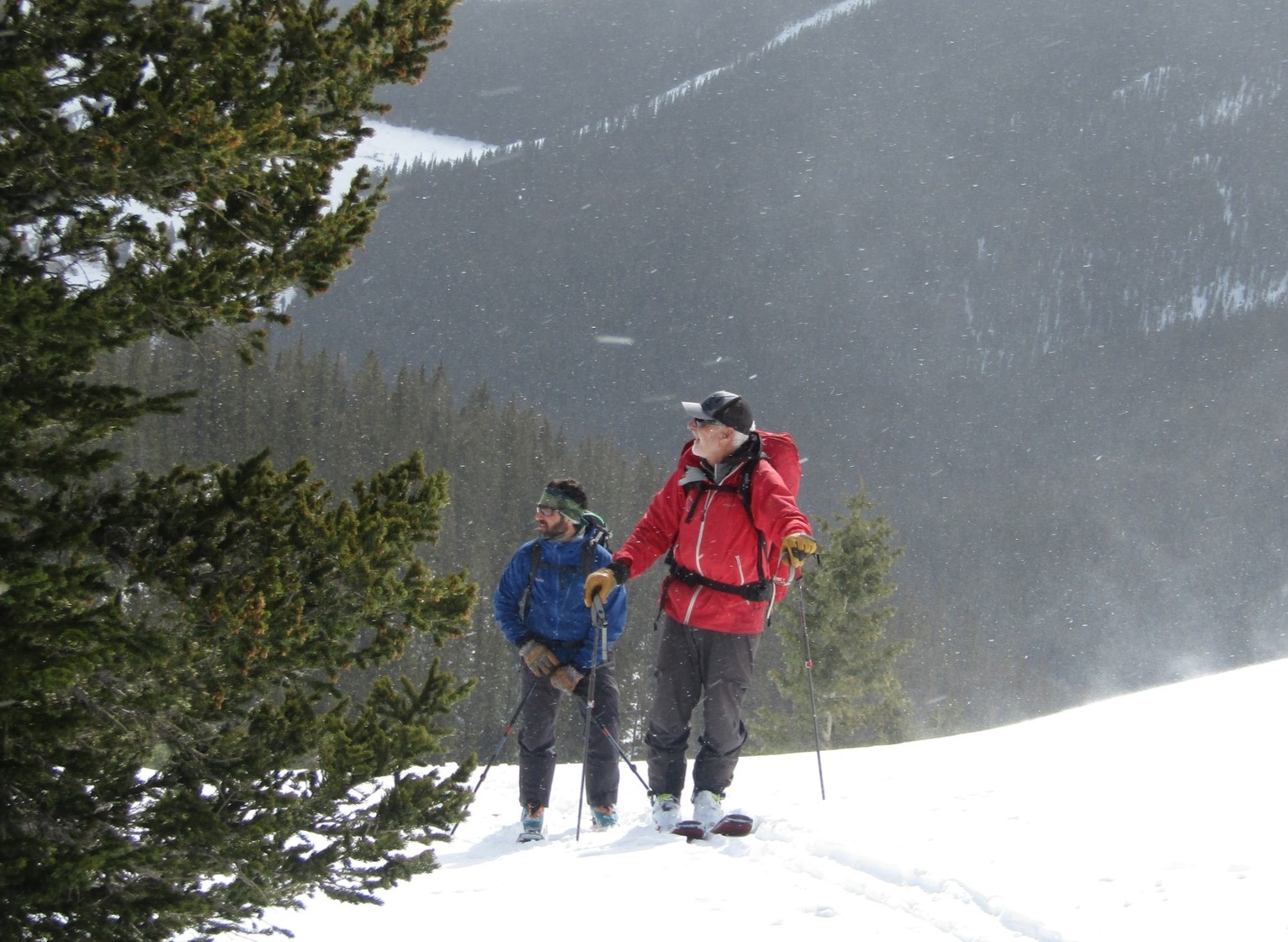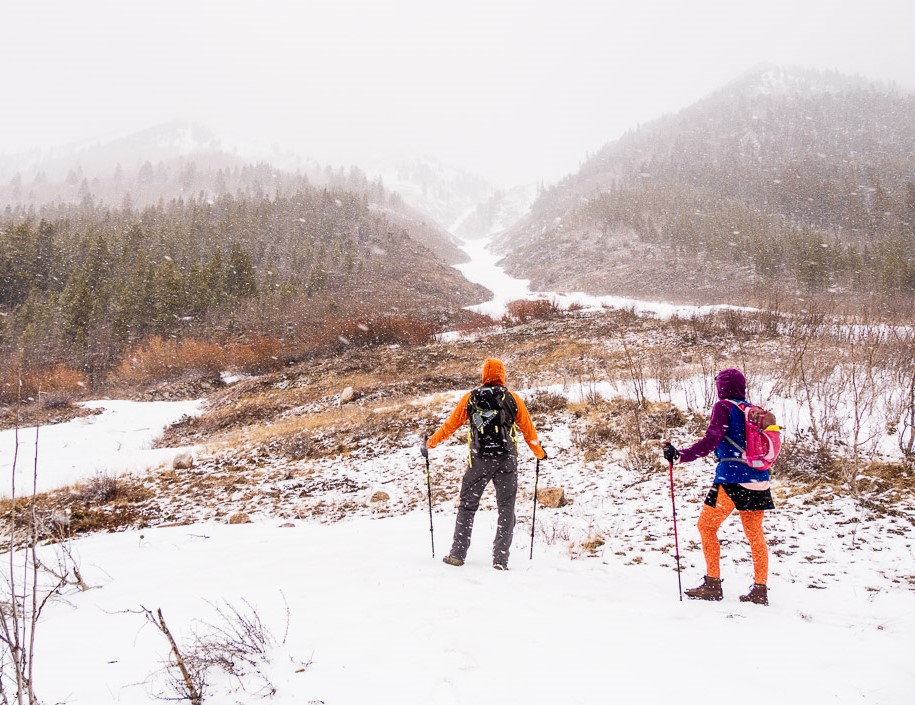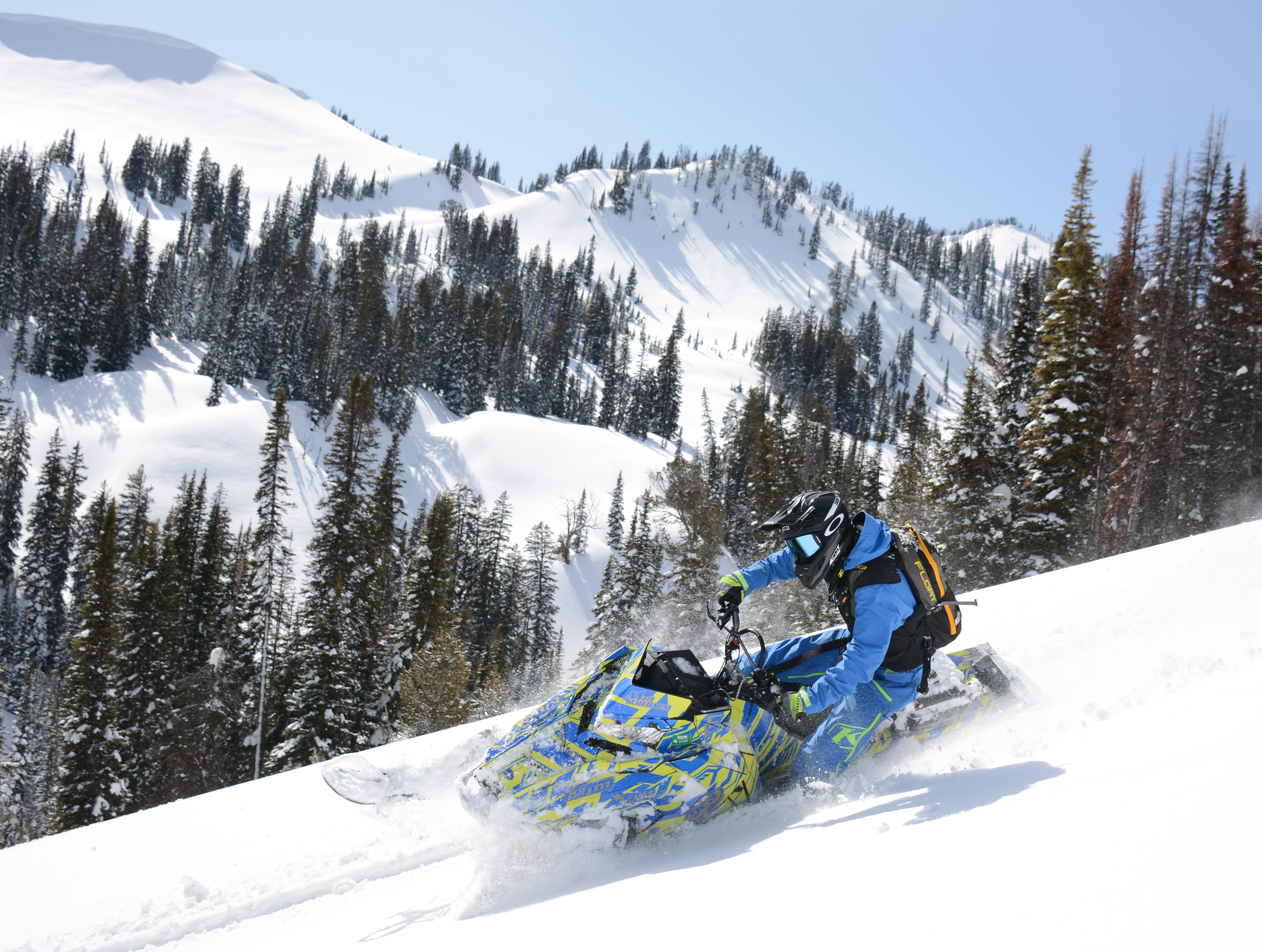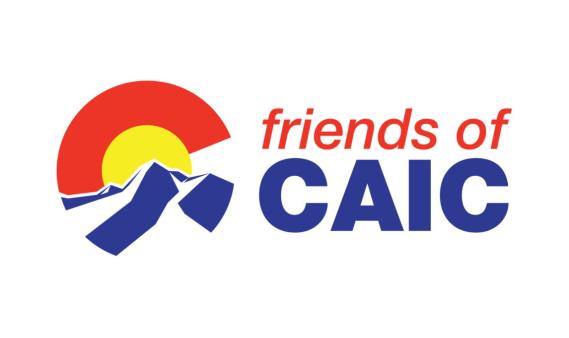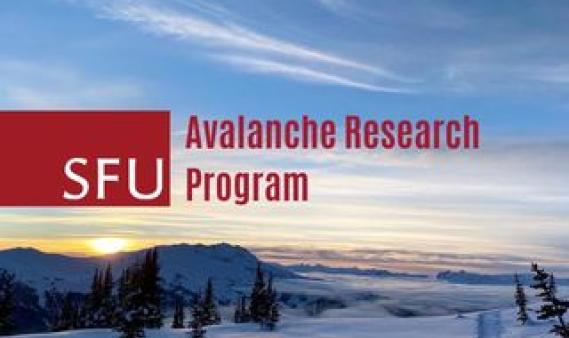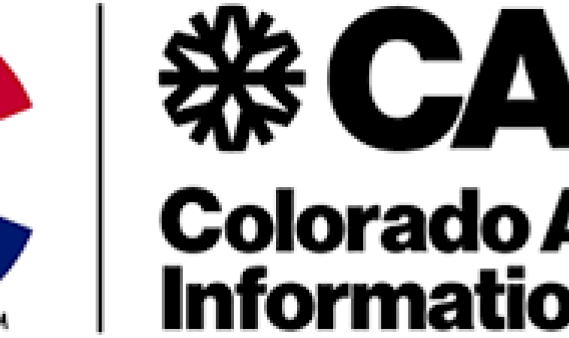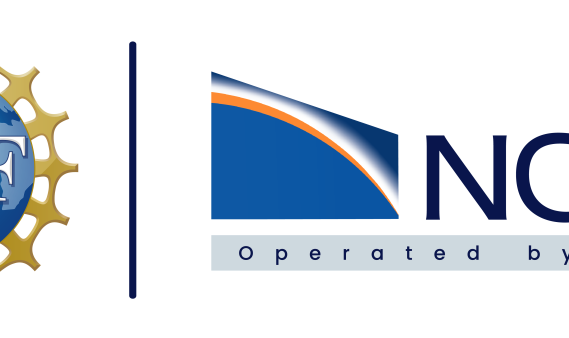Overview
CAIC teamed up with the Avalanche Research Program of Simon Fraser University in Canada, the U.S. National Science Foundation National Center for Atmospheric Research (NSF NCAR), and the Friends of CAIC on a collaborative research project to improve avalanche safety communications.
Research Findings
A big thank you to everyone who participated in the forecast survey last season! Your input contributed to groundbreaking research, culminating in the paper:
"Users’ Awareness and Response to Uncertainty Information in Public Avalanche Forecasts" by Eeva Latosuo, Pascal Haegeli, Julie Demuth, and Ethan Greene.
This study explored how backcountry users perceive and respond to uncertainty in avalanche forecasts. By analyzing responses from 1,313 participants, the research revealed that clearly communicating uncertainty significantly impacts decision-making and fosters trust in forecast centers.
Your participation provided valuable insights that will help improve how avalanche risks are communicated, making the backcountry safer for everyone. Thank you for being part of this important work!
Below are a few slides from Eeva's presentation on this research from the 2024 Colorado Snow and Avalanche Workshop. You can watch her entire presentation here.
You Can Still Join!
People can still sign up to participate for next season, so encourage your friends to do so here. CAIC needs people from all walks of life to join the Snow Pool:
- With and without avalanche training
- All travel modes
- Living in all parts of CO
- Traveling to CO for recreation
Individuals who sign up will receive regular emails from CAIC to participate in online user surveys and the opportunity to provide feedback on CAIC products and priorities. This is an opportunity to:
- Be part of a community that contributes to the development of improved avalanche risk communication,
- Learn about CAIC research projects, and
- Be eligible for prizes.
If you are interested in joining the Snow Pool, click here.
Research Team
Eeva Latosuo, PhD Student and Research Lead (SFU)
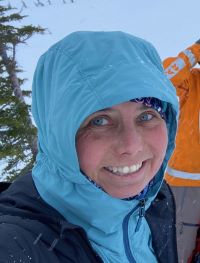
Originally from Finland, my Master’s degree is in Environmental Science from the University of Helsinki. My outdoor career started as a climbing instructor for National Outdoor Leadership School and a professional ski patroller in Colorado – a special shout out to Vail Ski Patrol! The last 18 years, I have been an associate professor of Outdoor Studies at Alaska Pacific University delivering courses and field intensives in snow science and technical climbing. I continue to teach professional avalanche courses in the U.S. In addition, I am an active member of the Search and Rescue community, including an avalanche dog handler and an avalanche specialist.
Ever since spending time in the North Cascades in the mid90s, I have been drawn to the mountain environment and the people interacting with this landscape. How do we draw joy from the mountains and how do we navigate their complex risks? I get excited about geeking about the snowpack but what really motivates me is observing what us humans do with the medium. This curiosity has landed me in the Avalanche Risk Communication research group at the Simon Fraser University as a PhD student.
My role in this project is a lead researcher under the guidance of Pascal Haegeli from SFU and Julie Demuth from National Center of Atmospheric Research. I am excited to work with the Colorado Avalanche Information Center forecasters and the folks who interact with their products. Using a transdisciplinary approach and applying social science frameworks, I will focus on the user’s perspective on what works and what doesn’t in avalanche risk communication. Learning from the people who use the services will help the avalanche professionals improve the quality of their forecasting products.
Pascal Haegeli, Associate Professor and Supervisor (SFU)
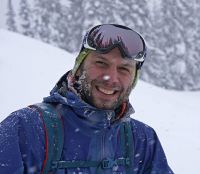
I found my love for the mountains, snow and skiing in my childhood in Switzerland where I was born and raised, but it was only during my early years at university that I started to ski in the backcountry. I had the fortune to have a few knowledgeable friends who introduced me to the craft of reading the avalanche bulletin, setting a track, and using a transceiver.
In 1998, I moved to British Columbia to pursue a PhD at the University of British Columbia focusing on avalanches, which allowed me to combine my interest in science with my passion for the winter backcountry. I simply wanted to learn more about how avalanches work and how to manage the associated risks. Over the last 23 years, I was fortunate to have worked with many amazing people who shared their avalanche experiences, knowledge, and wisdom, and I was lucky to find a way to contribute to the Canadian avalanche community with my academic skills. Since 2015, I have the pleasure to work with a wonderful team of students to explore interesting avalanche safety related research topics at Simon Fraser University. And even though I am not spending that much time in the backcountry anymore, my motivation to learn more about avalanches and help others to enjoy the backcountry safely remains the same.
My role in this project is to assist Eeva and guide her research approach in the background to ensure we make the most out of her enthusiasm and research talent.
Julie Demuth, Scientist (NSF NCAR)
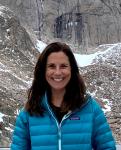
Julie Demuth is a research scientist at the U.S. National Science Foundation National Center for Atmospheric Research (NSF NCAR) in the Mesoscale and Microscale Meteorology (MMM) Lab with the Weather Risks and Decisions in Society (WRaDS) research group. She has been working for more than 15 years on integrating social science research with the meteorological research and practitioner communities. With a hybrid background in atmospheric science and in communication, Julie conducts research on hazardous weather risk communication, risk perceptions, and responses; her work is with both experts, such as weather forecasters, and members of the public. Her work centers on understanding how forecast information, in conjunction with other factors, influence what people think and feel and how they respond. Some of Julie’s current work includes (1) studying how people’s previous weather experiences change the way they perceive future weather risks, (2) analyzing Twitter data to understand people’s evolving risk assessments as hurricane and tornado threats unfold in space and time, (3) exploring people’s perspectives on probabilistic tornado warnings, and (4) identifying NWS forecasters’ interpretations of and needs for deterministic and ensemble guidance from convection-allowing models. Prior to being at NSF NCAR, Julie worked for three years in Washington DC as a Program Officer at the National Academies of Sciences, Engineering, and Medicine for the Board on Atmospheric Sciences and Climate. Julie received her BS in meteorology from the University of Nebraska-Lincoln, her MS in atmospheric science from Colorado State University, and her PhD in public communication and technology from Colorado State University.


